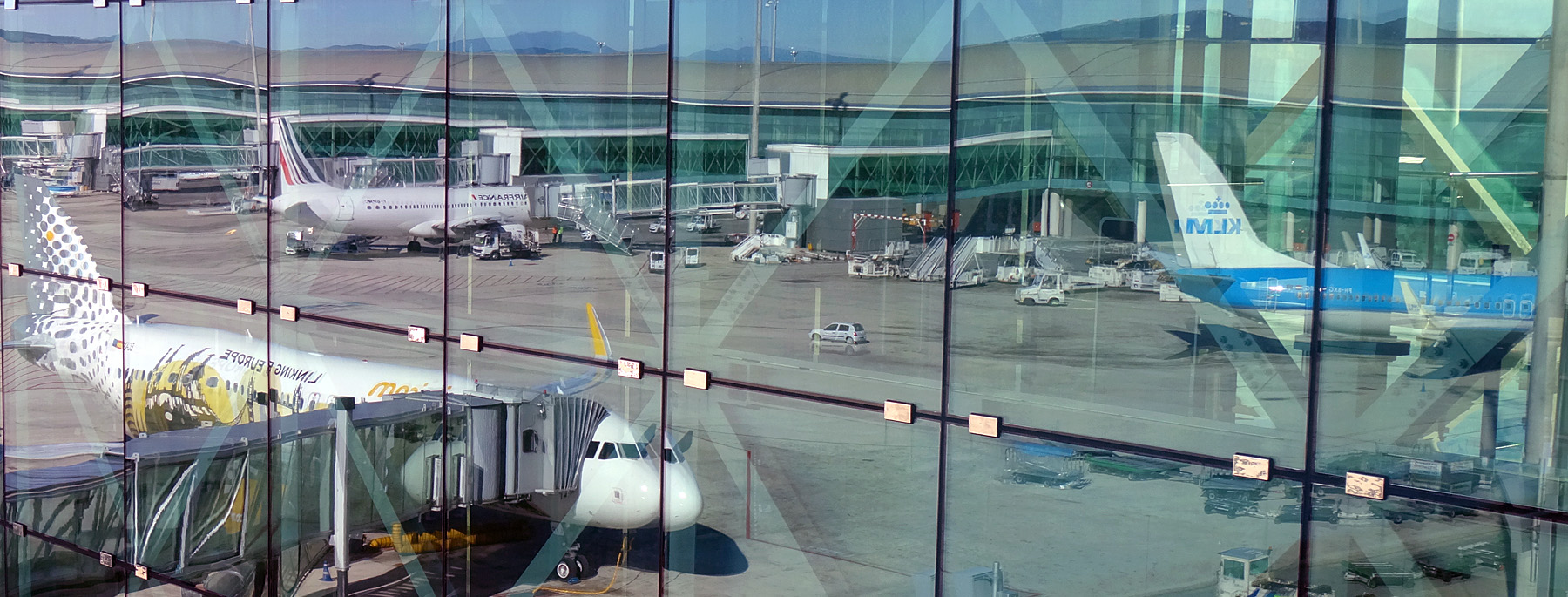
Boeing and Airbus have called a truce in their 17-year battle over subsidies. During this period, both have accused each other of unfair government subsidies to their respective plane makers.
The long-running trade dispute
In October 2004, the USA requested the establishment of a WTO panel to consider whether Airbus was providing unfair subsidies to develop its new super-jumbo – the A380. This provoked a counter-request by Airbus, claiming unfair subsidies of $27.3 billion for Boeing by the US government since 1992. In July 2005, two panels were set up to deal with the two sets of allegations.
In June 2010, the WTO panel circulated its findings on Boeing’s case against Airbus. It found Airbus guilty of using some illegal subsidies to win contracts through predatory pricing, but dismissed several of Boeing’s claims because many of the subsidies were reimbursable at commercial rates of interest. However, some of the ‘launch aid’ for research and development was given at below market rates and so violated WTO rules. The report evoked appeal and counter-appeal from both sides, but the WTO’s Appellate Body reported in May 2011 upholding the case that ‘certain subsidies’ provided by the EU and member states were incompatible with WTO rules. In June 2011, the EU accepted the findings.
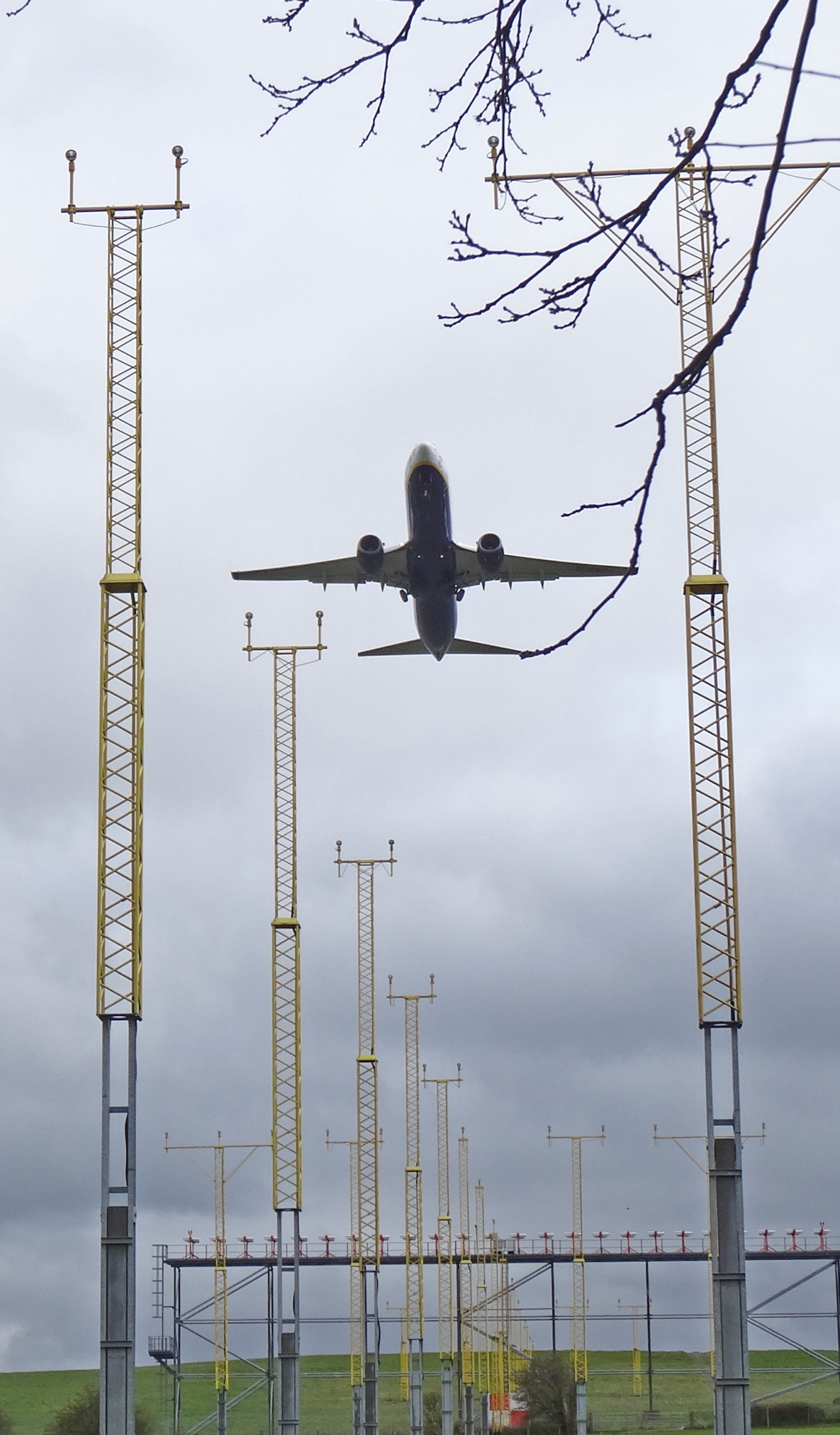 In March 2011, the WTO panel circulated its findings on Airbus’s case against Boeing. The EU claimed that ten specific measures amounted to subsidies to Boeing, which were inconsistent with the WTO’s rules on subsidies (the SCM agreement). It upheld three of ten alleged breaches, including subsidies between 1989 and 2006 of at least $5.3 billion. These subsidies were adjudged to have resulted in adverse effects to the EU’s interests, specifically in lost sales, especially to third-country markets, and in significantly suppressing the price at which Airbus was able to sell its aircraft.
In March 2011, the WTO panel circulated its findings on Airbus’s case against Boeing. The EU claimed that ten specific measures amounted to subsidies to Boeing, which were inconsistent with the WTO’s rules on subsidies (the SCM agreement). It upheld three of ten alleged breaches, including subsidies between 1989 and 2006 of at least $5.3 billion. These subsidies were adjudged to have resulted in adverse effects to the EU’s interests, specifically in lost sales, especially to third-country markets, and in significantly suppressing the price at which Airbus was able to sell its aircraft.
But these rulings were not the end of the matter. Various appeals and counter-appeals were lodged by both sides with varying degrees of success. Also the disputes extended to other wide-bodied jets and to narrow-bodied ones too with claims by both sides of unfair subsidies and tax breaks.
On 9 June 2017 the WTO’s compliance panel rejected several EU claims that the USA had failed to withdraw all illegal subsidies to Boeing. However, it also found that the USA had not complied with an earlier ruling to abolish illegal tax breaks. Both sides claimed victory. Airbus claimed that the ruling had seen the WTO condemn non-compliance and new subsidies. In particular, it focused on the WTO ruling that Washington State subsidies had resulted in a significant loss of sales for Airbus. On the other hand, a Boeing press release spoke of a US win in a major WTO compliance ruling. Boeing claimed that that ruling meant that the United States had complied with ‘virtually all’ of the WTO’s decisions in the counter-case that the EU had filed against the USA in 2006.
On 27 June 2017, as expected, the EU challenged the WTO decision. This meant that the EU’s case would go back to the WTO’s appellate body, which was still considering a separate US case over state aid to Airbus.
On 15 May 2018, the WTO ruled that Airbus did not use unfair subsidies for narrow-bodied jets, such as the A320, which competes with the 737, but did for wide-bodied jets. The EU said that it would comply with the WTO ruling over the support for wide-bodied jets.
In 2019, the WTO ruled that the EU had illegally provided support to Airbus. The USA responded with tariffs of up to $7.5bn on a range of goods imported from the EU. In a parallel case, the WTO ruled that the US benefits to Boeing also violated trade rules, authorising the EU to impose tariffs on US imports worth roughly $4bn. Then in March 2020, the USA imposed a 15% tariff on Airbus aircraft.
The truce
Agreement was reached on 15 June 2021 in trade talks between the USA and the EU in Brussels. Both sides recognised that the dispute had been a negative-sum game, with both sides losing. It was thus agreed to suspend for five years all tariffs on aircraft and on a range of other goods, such as EU cheese and wine and US tobacco and spirits. The agreement did not include ending EU tariffs on US steel, however.
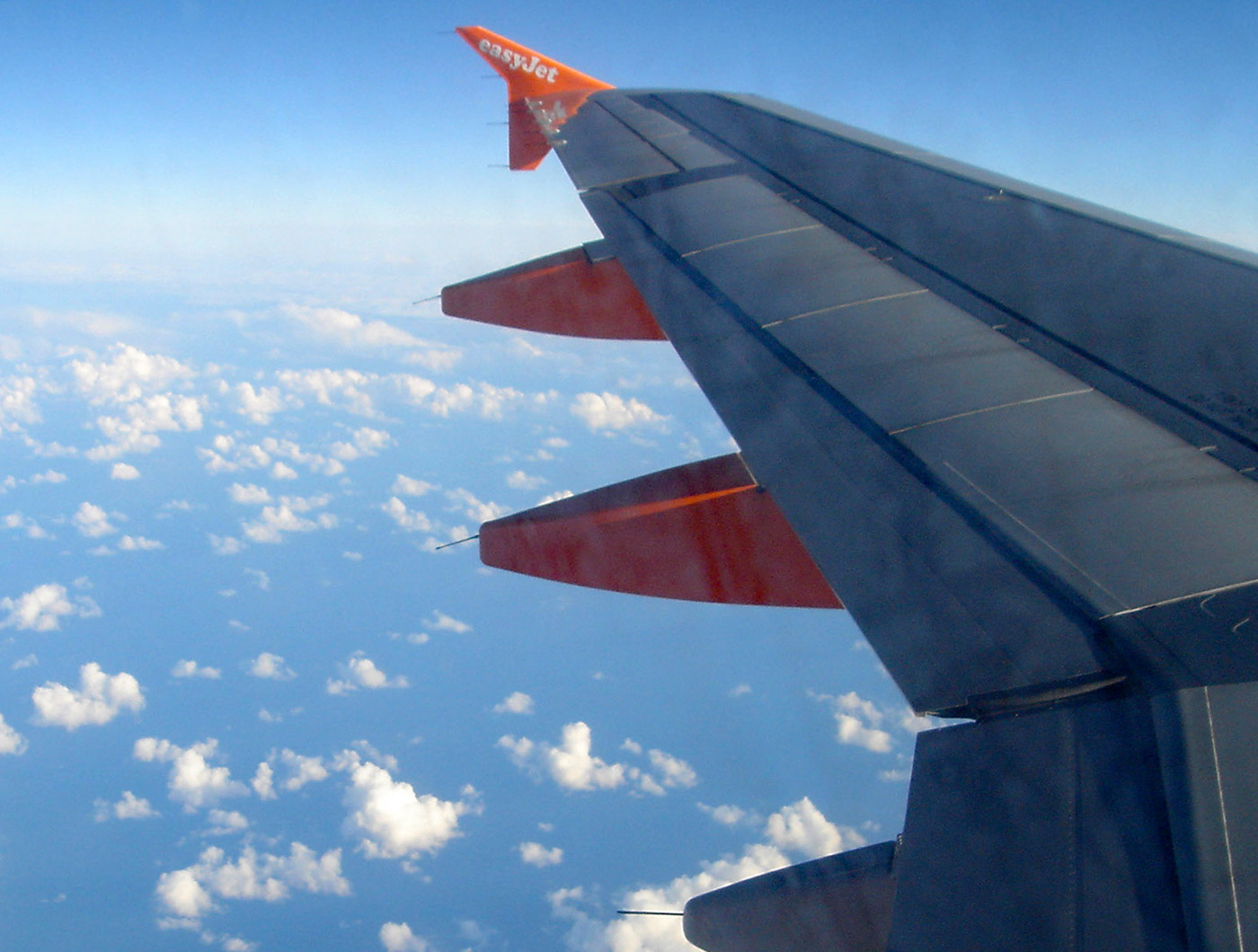 It was also agreed to work on an overarching agreement on subsidies, which would allow fair support by governments on both sides, and to co-operate in finding ways to counter unfair state investment in aircraft by China. US Trade Representative Katherine Tai said that the agreement ‘includes a commitment for concrete joint collaboration to confront the threat from China’s ambitions to build an aircraft sector on non-market practices’. China’s state-sponsored aerospace manufacturer, the Commercial Aircraft Corporation of China, or Comac, sees its C919, now in late stages of development, as a direct rival to the Airbus A320neo and the Boeing 737 Max.
It was also agreed to work on an overarching agreement on subsidies, which would allow fair support by governments on both sides, and to co-operate in finding ways to counter unfair state investment in aircraft by China. US Trade Representative Katherine Tai said that the agreement ‘includes a commitment for concrete joint collaboration to confront the threat from China’s ambitions to build an aircraft sector on non-market practices’. China’s state-sponsored aerospace manufacturer, the Commercial Aircraft Corporation of China, or Comac, sees its C919, now in late stages of development, as a direct rival to the Airbus A320neo and the Boeing 737 Max.
To work out the details of US-EU collaboration, a working group will be set up. It will consider ways of ensuring that finance is provided on market terms, that R&D funding is transparent and that support given to aircraft manufactures will be equivalent by each side and will avoid harming the other side. It will consider just how the two sides can co-operate to address unfair competition from elsewhere.
Two days later, an almost identically worded deal was reached between the USA and the UK to end tariffs on a range of goods and join the EU-USA co-operation on aircraft manufacture.
Articles
 US and Europe end Airbus-Boeing dispute as they eye threat from China
US and Europe end Airbus-Boeing dispute as they eye threat from ChinaCNN, Charles Riley and Kevin Liptak (15/6/21)
- After 17 years, truce nears in U.S.-Europe jet subsidy war
Reuters, Tim Hepher, Andrea Shalal, David Shepardson and Philip Blenkinsop (15/6/21)
 U.S, EU agree truce in 17-year Airbus-Boeing conflict
U.S, EU agree truce in 17-year Airbus-Boeing conflictReuters, Philip Blenkinsop (16/6/21)
- After EU, Britain and U.S. reach truce in aircraft trade dispute
Reuters, Tim Hepher and Alistair Smout (17/6/21)
- EU and US end Airbus-Boeing trade dispute after 17 years
Financial Times, Jim Brunsden, Sam Fleming, Aime Williams and James Politi (15/6/21)
- Boeing-Airbus trade row set to end after 17 years
BBC News (16/6/21)
- Biden, E.U. end 17-year Airbus-Boeing trade dispute, seek to calm relations after Trump
The Washington Post, Michael Birnbaum, Anne Gearan and David J. Lynch
 EU, U.S. Agree to Five-Year Truce in Boeing-Airbus Trade Dispute
EU, U.S. Agree to Five-Year Truce in Boeing-Airbus Trade DisputeBloomberg, Alberto Nardelli, Nikos Chrysoloras and Jennifer Jacobs (15/6/21)
Questions
- Choose any one particular complaint to the WTO by either Boeing or Airbus and assess the arguments used by the WTO in its ruling.
- Are subsidies by aircraft manufacturers in the interests of (a) passengers; (b) society in general?
- Is collaboration between Boeing and Airbus in the interests of (a) passengers; (b) society in general?
- How is game theory relevant to the long-running disputes between Boeing and Airbus and to their relationships in the coming years?
- Would cheaper aircraft from China be in the interests of (a) passengers; (b) society in general?
- Explain what is meant by ‘strategic trade theory’. How is it relevant to aircraft manufacture?

Late January sees the annual global World Economic Forum meeting of politicians, businesspeople and the great and the good at Davos in Switzerland. Global economic, political, social and environmental issues are discussed and, sometimes, agreements are reached between world leaders. The 2019 meeting was somewhat subdued as worries persist about a global slowdown, Brexit and the trade war between the USA and China. Donald Trump, Xi Jinping, Vladimir Putin and Theresa May were all absent, each having more pressing issues to attend to at home.
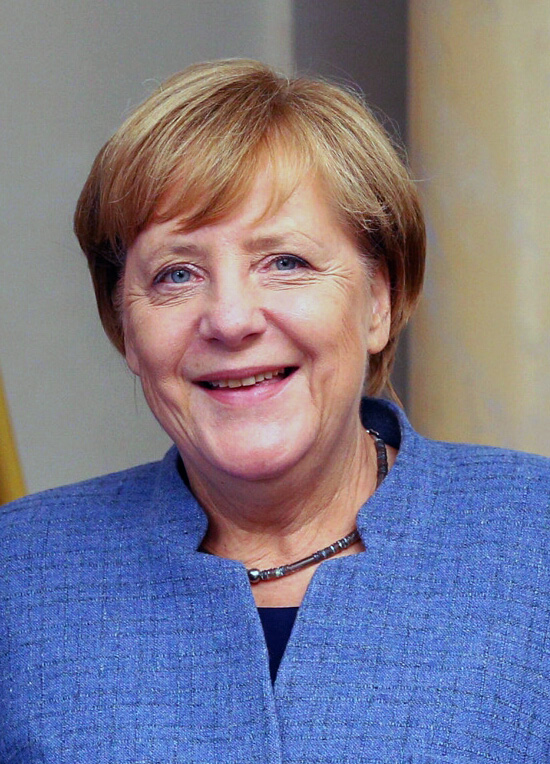 There was, however, a feeling that the world economic order is changing, with the rise in populism and with less certainty about the continuance of the model of freer trade and a model of capitalism modified by market intervention. There was also concern about the roles of the three major international institutions set up at the end of World War II: the IMF, the World Bank and the WTO (formerly the GATT). In a key speech, Angela Merkel urged countries not to abandon the world economic order that such institutions help to maintain. The world can only resolve disputes and promote development, she argued, by co-operating and respecting the role of such institutions.
There was, however, a feeling that the world economic order is changing, with the rise in populism and with less certainty about the continuance of the model of freer trade and a model of capitalism modified by market intervention. There was also concern about the roles of the three major international institutions set up at the end of World War II: the IMF, the World Bank and the WTO (formerly the GATT). In a key speech, Angela Merkel urged countries not to abandon the world economic order that such institutions help to maintain. The world can only resolve disputes and promote development, she argued, by co-operating and respecting the role of such institutions.
But the role of these institutions has been a topic of controversy for many years and their role has changed somewhat. Originally, the IMF’s role was to support an adjustable peg exchange rate system (the ‘Bretton Woods‘ system) with the US dollar as the international reserve currency. It would lend to countries in balance of payments deficit to allow them to maintain their rate pegged to the dollar unless it was perceived to be a fundamental deficit, in which case they were expected to devalue their currency. The system collapsed in 1971, but the IMF continued to provide short-term, and sometimes longer-term, finance to countries in balance of payments difficulties.
 The World Bank was primarily set up to provide development finance to poorer countries. The General Agreement on Tariffs and Trade (GATT) and then the WTO were set up to encourage freer trade and to resolve trade disputes.
The World Bank was primarily set up to provide development finance to poorer countries. The General Agreement on Tariffs and Trade (GATT) and then the WTO were set up to encourage freer trade and to resolve trade disputes.
However, the institutions were perceived with suspicion by many developing countries and by more left-leaning developed countries, who saw them as part of the ‘Washington consensus’. Loans from the IMF and World Bank were normally contingent on countries pursuing policies of market liberalisation, financial deregulation and privatisation.
Although there has been some movement, especially by the IMF, towards acknowledging market failures and supporting a more broadly-based development, there are still many economists and commentators calling for more radical reform of these institutions. They advocate that the World Bank and IMF should directly support investment – public as well as private – and support the Green New Deal.
Articles
Address
Questions
- What was the Bretton Woods system that was adopted at the end of World War II?
- What did Keynes propose as an alternative to the system that was actually adopted?
- Explain the roles of (a) the IMF, (b) the World Bank, (c) the WTO (formerly the GATT).
- What is meant by an adjustable exchange rate system?
- Why did the Bretton Woods system collapse in 1971?
- How have the roles of the IMF, World Bank and WTO/GATT evolved since they were founded?
- What reforms would you suggest to each of the three institutions and why?
- What threats are there currently to the international economic order?
- Summarise the arguments about the world economic order made by Angela Merkel in her address to the World Economic Forum.
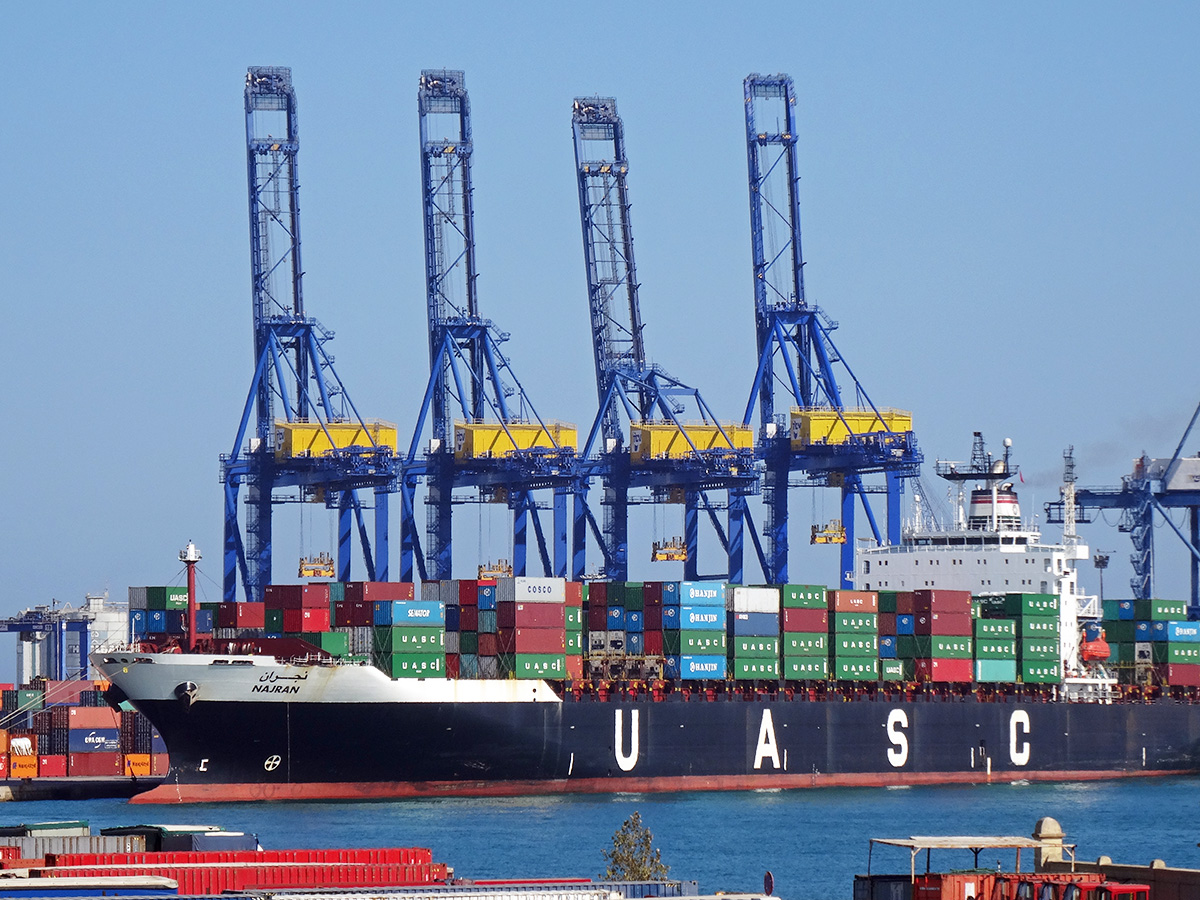 Donald Trump has threatened to pull out of the World Trade Organization. ‘If they don’t shape up, I would withdraw from the WTO,’ he said. He argues that the USA is being treated very badly by the WTO and that the organisation needs to ‘change its ways’.
Donald Trump has threatened to pull out of the World Trade Organization. ‘If they don’t shape up, I would withdraw from the WTO,’ he said. He argues that the USA is being treated very badly by the WTO and that the organisation needs to ‘change its ways’.
Historically, the USA has done relatively well compared with other countries in trade disputes brought to the WTO. However, President Trump does not like being bound by an international organisation which prohibits the unilateral imposition of tariffs that are not in direct retaliation against a trade violation by other countries. Such tariffs have been imposed by the Trump administration on steel and aluminium imports. This has led to retaliatory tariffs on US imports by the EU, China and Canada – something that is permitted under WTO rules.
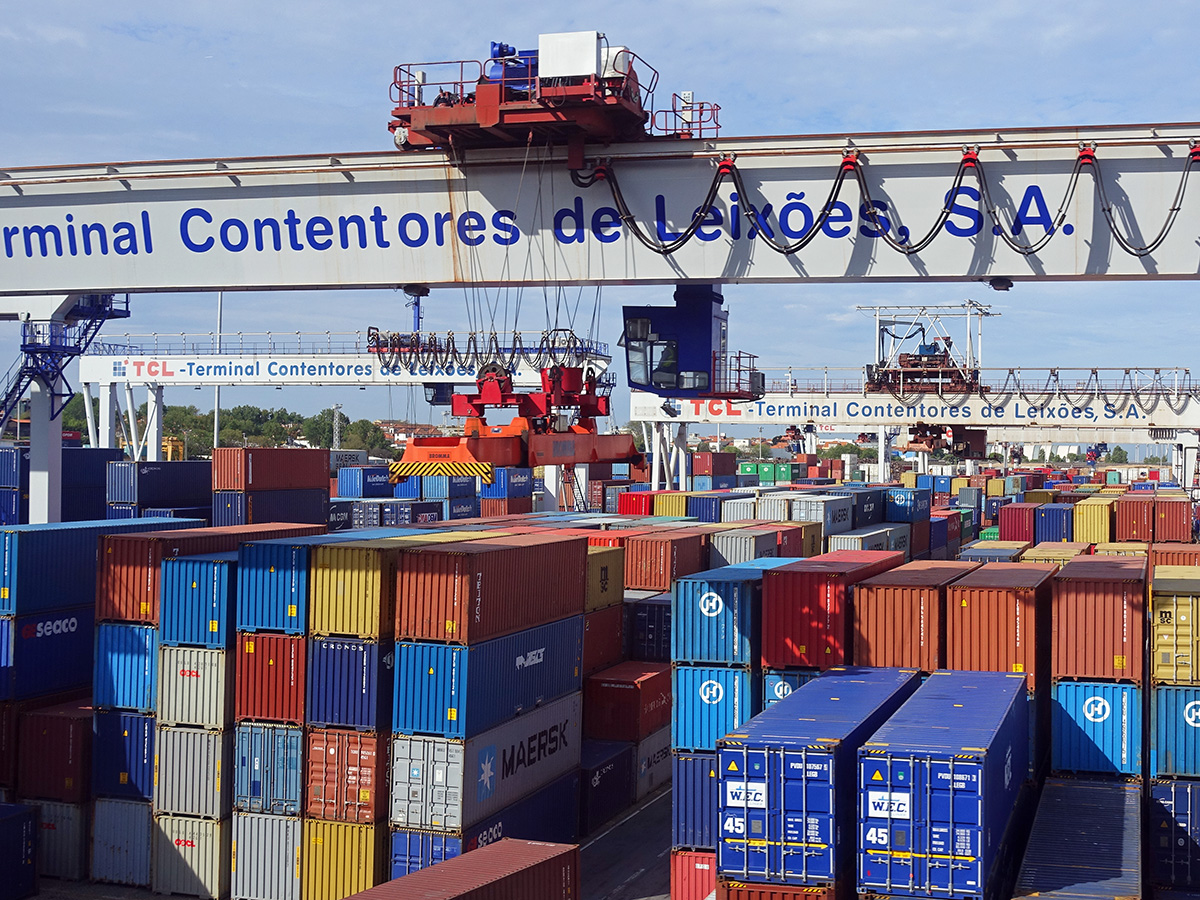 Whether or not the USA does withdraw from the WTO, Trump’s threats bring into question the power of the WTO and other countries’ compliance with WTO rules. With the rise in protectionist sentiments around the world, the power of the WTO would seem to be on the wane.
Whether or not the USA does withdraw from the WTO, Trump’s threats bring into question the power of the WTO and other countries’ compliance with WTO rules. With the rise in protectionist sentiments around the world, the power of the WTO would seem to be on the wane.
Even if the USA does not withdraw from the WTO, it is succeeding in weakening the organisation. Appeals cases have to be heard by an ‘appellate body’, consisting of at least three judges drawn from a list of seven, each elected for four years. But the USA has the power to block new appointees – and has done so. As Larry Elliott states in the first article below:
The list of judges is already down to four and will be down to the minimum of three when the Mauritian member, Shree Baboo Chekitan Servansing, retires at the end of September. Two more members will go by the end of next year, at which point the appeals process will come to a halt.
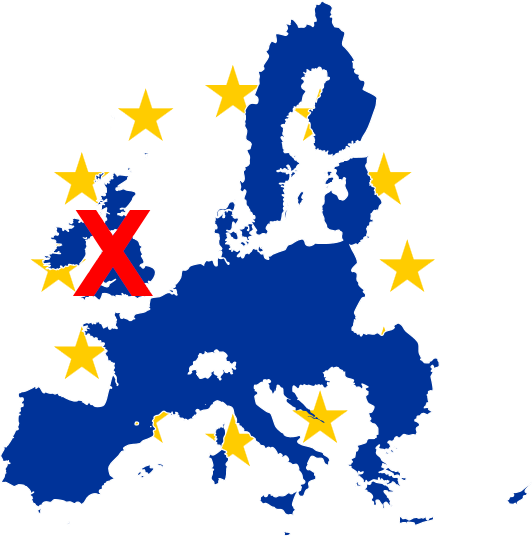 This raises the question of the implication of a ‘no-deal’ Brexit – something that seems more likely as the UK struggles to reach a trade agreement with the EU. Leaving without a deal would mean ‘reverting to WTO rules’. But if these rules are being ignored by powerful countries such as the USA and possibly China, and if the appeals procedure has ground to a halt, this could leave the UK without the safety net of international trade rules. Outside the EU – the world’s most powerful trade bloc – the UK could find itself having to accept poor trade terms with the USA and other large countries.
This raises the question of the implication of a ‘no-deal’ Brexit – something that seems more likely as the UK struggles to reach a trade agreement with the EU. Leaving without a deal would mean ‘reverting to WTO rules’. But if these rules are being ignored by powerful countries such as the USA and possibly China, and if the appeals procedure has ground to a halt, this could leave the UK without the safety net of international trade rules. Outside the EU – the world’s most powerful trade bloc – the UK could find itself having to accept poor trade terms with the USA and other large countries.
Articles
Information
Questions
- Explain the WTO’s ‘Most-favoured-nation (MFN)’ clause. How would this affect trade deals between the UK and the EU?
- Would the trade deals that the EU has negotiated with other countries, such as Japan, be available to the UK after leaving the EU?
- Demonstrate how, according to the law of comparative advantage, all countries can gain from trade.
- In what ways is the USA likely to gain and lose from the imposition of tariffs on steel and aluminium?
- How could a country that supports free trade ever support the imposition of tariffs?
- Why are tariffs not the most serious restriction on trade?

Since running for election, Donald Trump has vowed to ‘put America first’. One of the economic policies he has advocated for achieving this objective is the imposition of tariffs on imports which, according to him, unfairly threaten American jobs. On March 8 2018, he signed orders to impose new tariffs on metal imports. These would be 25% on steel and 10% on aluminium.
His hope is that, by cutting back on imports of steel and aluminium, the tariffs could protect the domestic industries which are facing stiff competition from the EU, South Korea, Brazil, Japan and China. They are also facing competition from Canada and Mexico, but these would probably be exempt provided negotiations on the revision of NAFTA rules goes favourably for the USA.
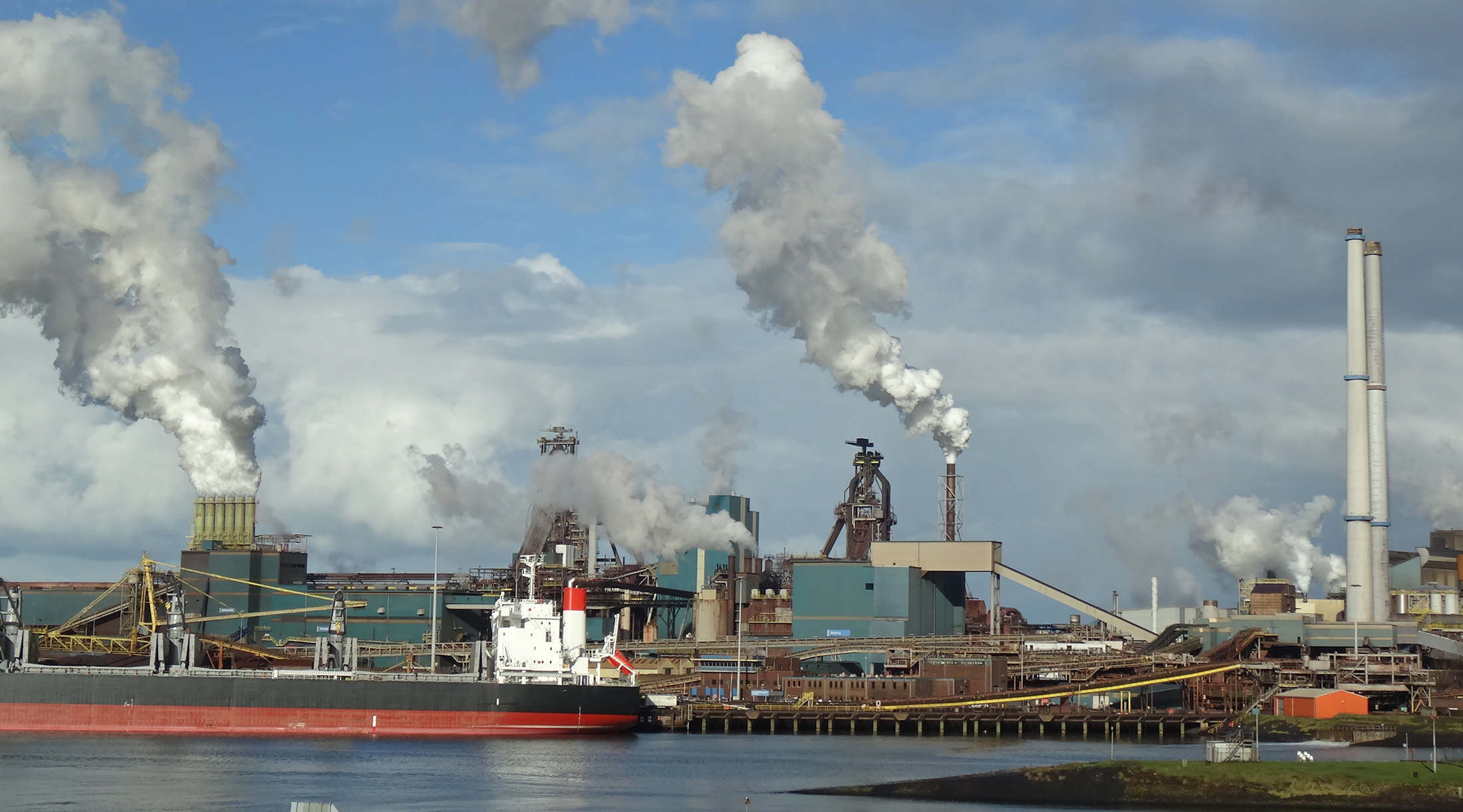 Assuming there were no retaliation from other countries, jobs would be gained in the steel and aluminium industries. According to a report by The Trade Partnership (see link below), the tariffs would increase employment in these industries by around 33 000. However, the higher price of these metals would cause job losses in the industries using them. In fact, according to the report, more than five jobs would be lost for every one gained. The CNN Money article linked below gives example of the US industries that will be hit.
Assuming there were no retaliation from other countries, jobs would be gained in the steel and aluminium industries. According to a report by The Trade Partnership (see link below), the tariffs would increase employment in these industries by around 33 000. However, the higher price of these metals would cause job losses in the industries using them. In fact, according to the report, more than five jobs would be lost for every one gained. The CNN Money article linked below gives example of the US industries that will be hit.
But the costs are likely to be much greater than this. Accorinding to the law of comparative advantage, trade is a positive-sum game, with a net gain to all parties engaged in trade. Unless trade restrictions are used to address a specific market distortion in the trade process itself, restricting trade will lead to a net loss in overall benefit to the parties involved.
Clearly there will be loss to steel and aluminium exporters outside the USA. There will also be a net loss to their countries unless these metals had a higher cost of production than in the USA, but were subsidised by governments so that they could be exported profitably.
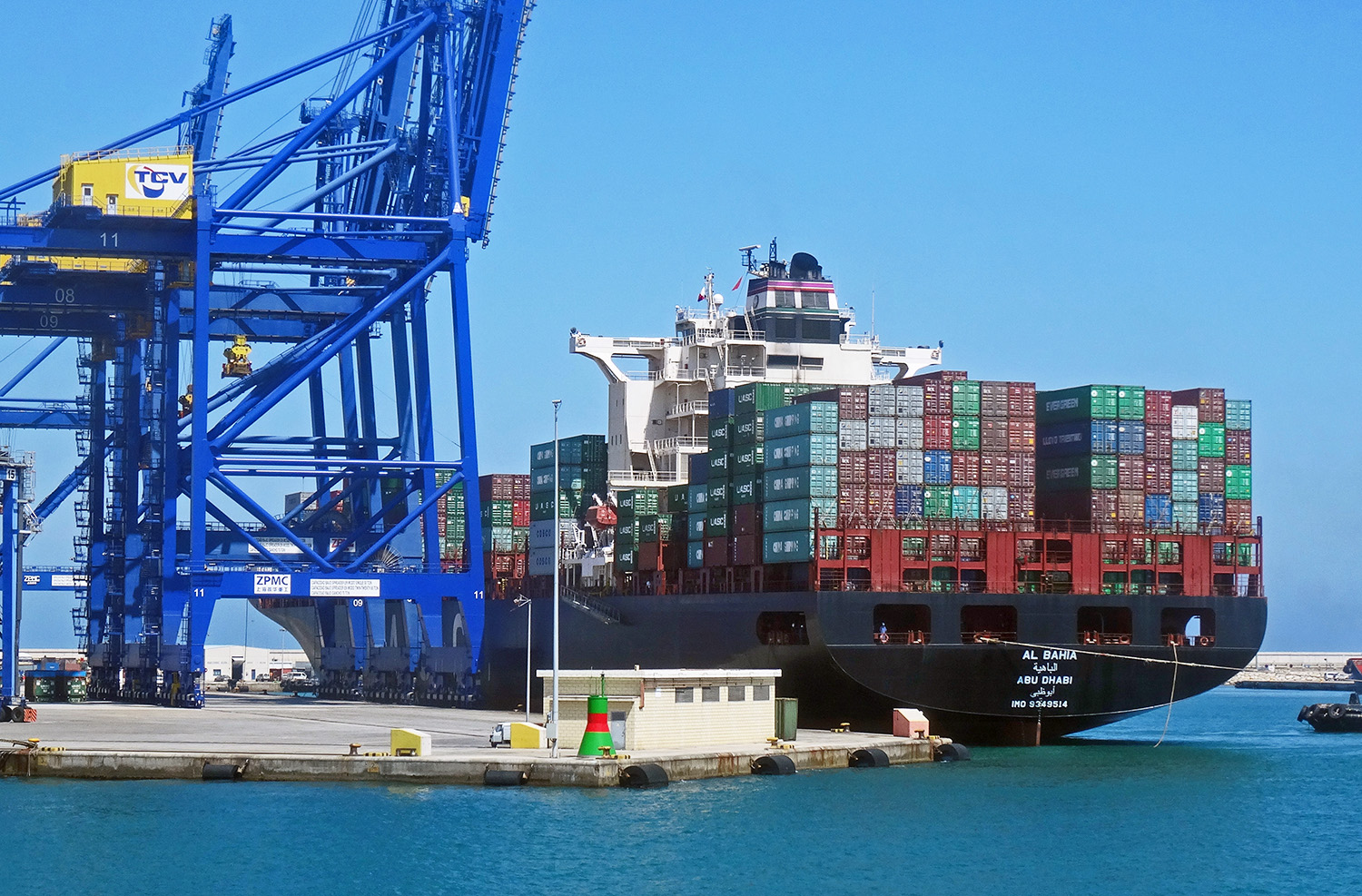 But perhaps the biggest cost will arise from possible retaliation by other countries. A trade war would compound the net losses as the world moves further from trade based on comparative advantage.
But perhaps the biggest cost will arise from possible retaliation by other countries. A trade war would compound the net losses as the world moves further from trade based on comparative advantage.
Already, many countries are talking about retaliation. For example, the EU is considering a ‘reciprocal’ tariff of 25% on cranberries, bourbon and Harley-Davidsons, all produced in politically sensitive US states (see the first The Economist article below). ‘As Jean-Claude Juncker, president of the European Commission, puts it, “We can also do stupid”.’ In fact, this is quite a politically astute move to put pressure on Mr Trump.
But cannot countries appeal to the WTO? Possibly, but this route might take some time. What is more, the USA has attempted to get around WTO rules by justifying the tariffs on ‘national security’ grounds – something allowed under Article XXI of WTO rules, provided it can be justified. This could possibly deter countries from retaliating, but it is probably unlikely. In the current climate, there seems to be a growing mood for flouting, or at least loosely interpreting, WTO rules.
Articles
- Trump Authorizes Tariffs, Defying Allies at Home and Abroad
The New York Times, Peter Baker and Ana Swanson (8/3/18)
- Trump has been playing right into China’s hands
The Washington Post, Catherine Rampell (8/3/18)
- These American companies could be hurt by Trump’s tariffs
CNN Money, Julia Horowitz (8/3/18)
- Donald Trump signs order for metals tariff plan, prompting fears of trade war
The Guardian, Dominic Rushe (8/3/18)
- Trump’s Trade Wars, China Inc’.s Globalization Plan And The CPTPP — What’s Next?
Forbes, Alex Capri (8/3/18)
- A tariffically bad idea: The looming global trade war
The Economist (8/3/18)
- The threat to world trade: The rules-based system is in grave danger
The Economist (8/3/18)
- America’s allies will bear the brunt of Trump’s trade protectionism
The Conversation, Remy Davison (2/3/18)
- The war over steel: Trump tips global trade into new turmoil
The Observer, Phillip Inman (10/3/18)
Report
Questions
- Explain how, by countries specialising in goods in which they have a comparative advantage, all countries can gain.
- Can tariffs or other trade restrictions ever be justified? Explain.
- Is there any economic justification for the US tariffs of 25% on steel and 10% on aluminium?
- Can putting tariffs on US imports be justified by countries whose steel and/or aluminium industires are faced with US tariffs?
- Can trade wars be won? Explain.
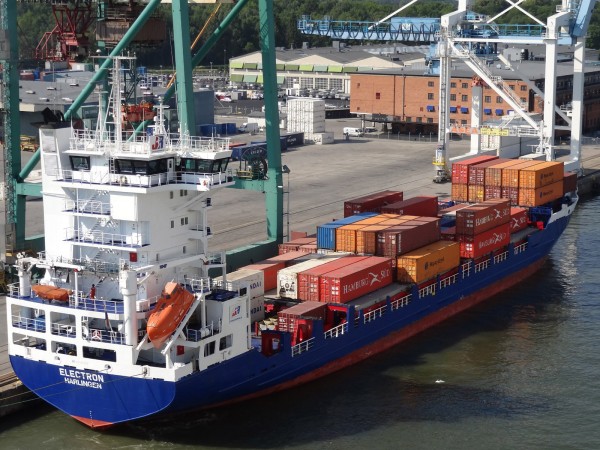 A paper by three University of Sussex academics has just been published by the university’s UK Trade Policy Observatory (UKTPO). It looks at possible trade relations between the UK and the EU post Brexit. It identifies four key government objectives or constraints – what the authors call ‘red lines’ – and five possible types of trade arrangement with the EU.
A paper by three University of Sussex academics has just been published by the university’s UK Trade Policy Observatory (UKTPO). It looks at possible trade relations between the UK and the EU post Brexit. It identifies four key government objectives or constraints – what the authors call ‘red lines’ – and five possible types of trade arrangement with the EU.
The four red lines the authors identify are:
|
|
| • |
Limitations on the movement of people/labour; |
| • |
An independent trade policy; |
| • |
No compulsory budgetary contribution to the EU; |
| • |
Legal oversight by UK courts only and not by the European Court of Justice. |
Just how tight each of these four constraints should be is a matter for debate and political decision. For example, how extensive the limitations on the movement of labour should be and whether or not there should be any ‘voluntary’ budgetary contributions to the EU are issues where there is scope for negotiation.
Alongside these constraints is the objective of continuing to have as much access to and influence over the Single Market as possible.
The five possible types of trade arrangement with the EU identified in the paper are as follows:
|
|
| 1. |
Full Customs Union (CU) with the EU-27 |
| 2. |
Partial Customs Union with EU (based on EU-Turkey CU) |
| 3. |
Free Trade Area (FTA) with access to the Single Market (European Economic Area) |
| 4. |
Free Trade Area without automatic access to Single Market |
| 5. |
Reversion to World Trade Organisation (WTO) Most Favoured Nation (MFN) terms |
To clarify the terminology: a free trade area (FTA) is simply an agreement whereby member countries have no tariff barriers between themselves but individually can choose the tariffs they impose on imports from non-member countries; a customs union is a free trade area where all members impose common tariffs on imports from non-member countries and individual members are thus prevented from negotiating separate trade deals with non-member countries; 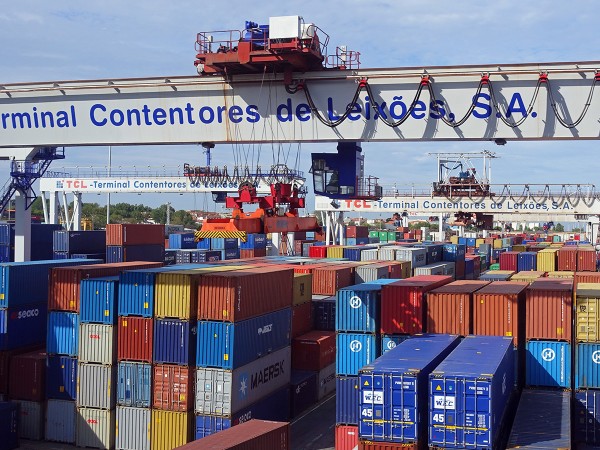 membership of the European Economic Area requires accepting freedom of movement of labour and compulsory contributions to the EU budget; WTO Most Favoured Nation rules would involve the UK trading with the EU but with tariffs equal to the most favourable ones granted to other countries outside the EU and EEA.
membership of the European Economic Area requires accepting freedom of movement of labour and compulsory contributions to the EU budget; WTO Most Favoured Nation rules would involve the UK trading with the EU but with tariffs equal to the most favourable ones granted to other countries outside the EU and EEA.
The red lines would rule out the UK being part of the customs union or the EEA. Although WTO membership would not breach any of the red lines, the imposition of tariffs against UK exports would be damaging. So the option that seems most appealing to many ‘Brexiteers’ is to have a free trade area agreement with the EU and negotiate separate trade deals with other countries.
But even if a tariff-free arrangement were negotiated with the EU, there would still be constraints imposed on UK companies exporting to the EU: goods exported to the EU would have to meet various standards. But this would constrain the UK’s ability to negotiate trade deals with other countries, which might demand separate standards.
The paper and The Economist article explore these constraints and policy alternatives and come to the conclusion that there is no easy solution. The option that looks the best “from the UK government’s point of view and given its red lines, would be an FTA with a variety of special sectoral arrangements”.
Article
Brexit means…a lot of complex trade decisions The Economist, Buttonwood’s notebook (15/11/16)
Paper
UK–EU Trade Relations post Brexit: Too Many Red Lines? UK Trade Policy observatory (UKTPO), Briefing Paper No. 5, Michael Gasiorek, Peter Holmes and Jim Rollo (November 2016)
Questions
- Explain the difference between a free trade area, a customs union and a single market.
- Go through each of the four red lines identified in the paper and consider what flexibility there might be in meeting them.
- What problems would there be in operating a free trade agreement with the EU while separately pursuing trade deals with other countries?
- What is meant by ‘mutual recognition’ and what is its significance in setting common standards in the Single Market?
- What problems are likely to arise in protecting the interests of the UK’s service-sector exports in a post-Brexit environment?
- What does the EU mean by ‘cherry picking’ in terms of trade arrangements? How might the EU’s attitudes in this regard constrain UK policy?
- Does the paper’s analysis suggest that a ‘hard Brexit’ is inevitable?

 In March 2011, the WTO panel circulated its findings on Airbus’s case against Boeing. The EU claimed that ten specific measures amounted to subsidies to Boeing, which were inconsistent with the WTO’s rules on subsidies (the SCM agreement). It upheld three of ten alleged breaches, including subsidies between 1989 and 2006 of at least $5.3 billion. These subsidies were adjudged to have resulted in adverse effects to the EU’s interests, specifically in lost sales, especially to third-country markets, and in significantly suppressing the price at which Airbus was able to sell its aircraft.
In March 2011, the WTO panel circulated its findings on Airbus’s case against Boeing. The EU claimed that ten specific measures amounted to subsidies to Boeing, which were inconsistent with the WTO’s rules on subsidies (the SCM agreement). It upheld three of ten alleged breaches, including subsidies between 1989 and 2006 of at least $5.3 billion. These subsidies were adjudged to have resulted in adverse effects to the EU’s interests, specifically in lost sales, especially to third-country markets, and in significantly suppressing the price at which Airbus was able to sell its aircraft. It was also agreed to work on an overarching agreement on subsidies, which would allow fair support by governments on both sides, and to co-operate in finding ways to counter unfair state investment in aircraft by China. US Trade Representative Katherine Tai said that the agreement ‘includes a commitment for concrete joint collaboration to confront the threat from China’s ambitions to build an aircraft sector on non-market practices’. China’s state-sponsored aerospace manufacturer, the Commercial Aircraft Corporation of China, or Comac, sees its C919, now in late stages of development, as a direct rival to the Airbus A320neo and the Boeing 737 Max.
It was also agreed to work on an overarching agreement on subsidies, which would allow fair support by governments on both sides, and to co-operate in finding ways to counter unfair state investment in aircraft by China. US Trade Representative Katherine Tai said that the agreement ‘includes a commitment for concrete joint collaboration to confront the threat from China’s ambitions to build an aircraft sector on non-market practices’. China’s state-sponsored aerospace manufacturer, the Commercial Aircraft Corporation of China, or Comac, sees its C919, now in late stages of development, as a direct rival to the Airbus A320neo and the Boeing 737 Max. US and Europe end Airbus-Boeing dispute as they eye threat from China
US and Europe end Airbus-Boeing dispute as they eye threat from China U.S, EU agree truce in 17-year Airbus-Boeing conflict
U.S, EU agree truce in 17-year Airbus-Boeing conflict EU, U.S. Agree to Five-Year Truce in Boeing-Airbus Trade Dispute
EU, U.S. Agree to Five-Year Truce in Boeing-Airbus Trade Dispute
 There was, however, a feeling that the world economic order is changing, with the rise in populism and with less certainty about the continuance of the model of freer trade and a model of capitalism modified by market intervention. There was also concern about the roles of the three major international institutions set up at the end of World War II: the IMF, the World Bank and the WTO (formerly the GATT). In a key speech, Angela Merkel urged countries not to abandon the world economic order that such institutions help to maintain. The world can only resolve disputes and promote development, she argued, by co-operating and respecting the role of such institutions.
There was, however, a feeling that the world economic order is changing, with the rise in populism and with less certainty about the continuance of the model of freer trade and a model of capitalism modified by market intervention. There was also concern about the roles of the three major international institutions set up at the end of World War II: the IMF, the World Bank and the WTO (formerly the GATT). In a key speech, Angela Merkel urged countries not to abandon the world economic order that such institutions help to maintain. The world can only resolve disputes and promote development, she argued, by co-operating and respecting the role of such institutions.  The World Bank was primarily set up to provide development finance to poorer countries. The General Agreement on Tariffs and Trade (GATT) and then the WTO were set up to encourage freer trade and to resolve trade disputes.
The World Bank was primarily set up to provide development finance to poorer countries. The General Agreement on Tariffs and Trade (GATT) and then the WTO were set up to encourage freer trade and to resolve trade disputes. Donald Trump has threatened to pull out of the World Trade Organization. ‘If they don’t shape up, I would withdraw from the WTO,’ he said. He argues that the USA is being treated very badly by the WTO and that the organisation needs to ‘change its ways’.
Donald Trump has threatened to pull out of the World Trade Organization. ‘If they don’t shape up, I would withdraw from the WTO,’ he said. He argues that the USA is being treated very badly by the WTO and that the organisation needs to ‘change its ways’. Whether or not the USA does withdraw from the WTO, Trump’s threats bring into question the power of the WTO and other countries’ compliance with WTO rules. With the rise in protectionist sentiments around the world, the power of the WTO would seem to be on the wane.
Whether or not the USA does withdraw from the WTO, Trump’s threats bring into question the power of the WTO and other countries’ compliance with WTO rules. With the rise in protectionist sentiments around the world, the power of the WTO would seem to be on the wane. This raises the question of the implication of a ‘no-deal’ Brexit – something that seems more likely as the UK struggles to reach a trade agreement with the EU. Leaving without a deal would mean ‘reverting to WTO rules’. But if these rules are being ignored by powerful countries such as the USA and possibly China, and if the appeals procedure has ground to a halt, this could leave the UK without the safety net of international trade rules. Outside the EU – the world’s most powerful trade bloc – the UK could find itself having to accept poor trade terms with the USA and other large countries.
This raises the question of the implication of a ‘no-deal’ Brexit – something that seems more likely as the UK struggles to reach a trade agreement with the EU. Leaving without a deal would mean ‘reverting to WTO rules’. But if these rules are being ignored by powerful countries such as the USA and possibly China, and if the appeals procedure has ground to a halt, this could leave the UK without the safety net of international trade rules. Outside the EU – the world’s most powerful trade bloc – the UK could find itself having to accept poor trade terms with the USA and other large countries.
 Assuming there were no retaliation from other countries, jobs would be gained in the steel and aluminium industries. According to a report by The Trade Partnership (see link below), the tariffs would increase employment in these industries by around 33 000. However, the higher price of these metals would cause job losses in the industries using them. In fact, according to the report, more than five jobs would be lost for every one gained. The CNN Money article linked below gives example of the US industries that will be hit.
Assuming there were no retaliation from other countries, jobs would be gained in the steel and aluminium industries. According to a report by The Trade Partnership (see link below), the tariffs would increase employment in these industries by around 33 000. However, the higher price of these metals would cause job losses in the industries using them. In fact, according to the report, more than five jobs would be lost for every one gained. The CNN Money article linked below gives example of the US industries that will be hit. But perhaps the biggest cost will arise from possible retaliation by other countries. A trade war would compound the net losses as the world moves further from trade based on comparative advantage.
But perhaps the biggest cost will arise from possible retaliation by other countries. A trade war would compound the net losses as the world moves further from trade based on comparative advantage.
